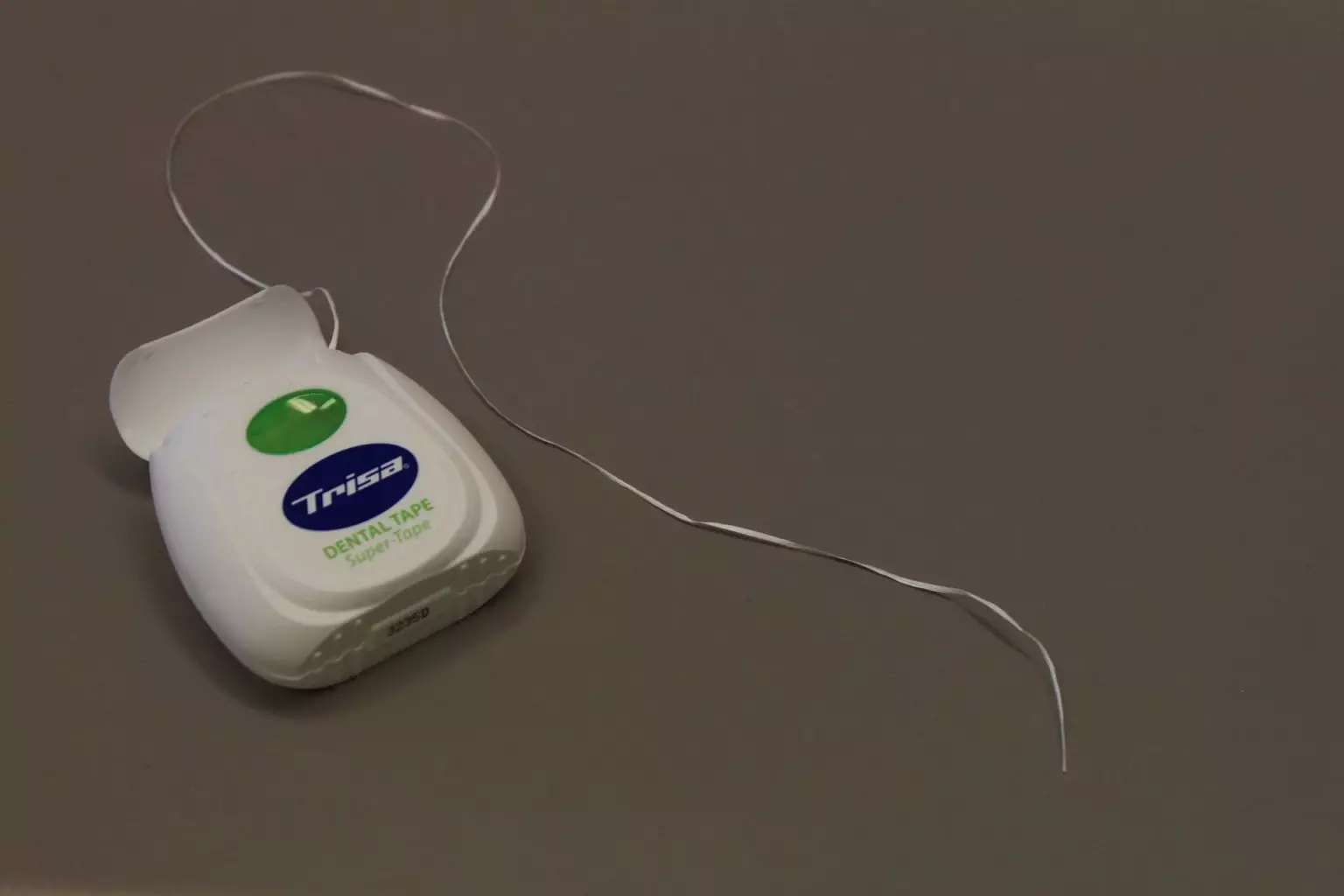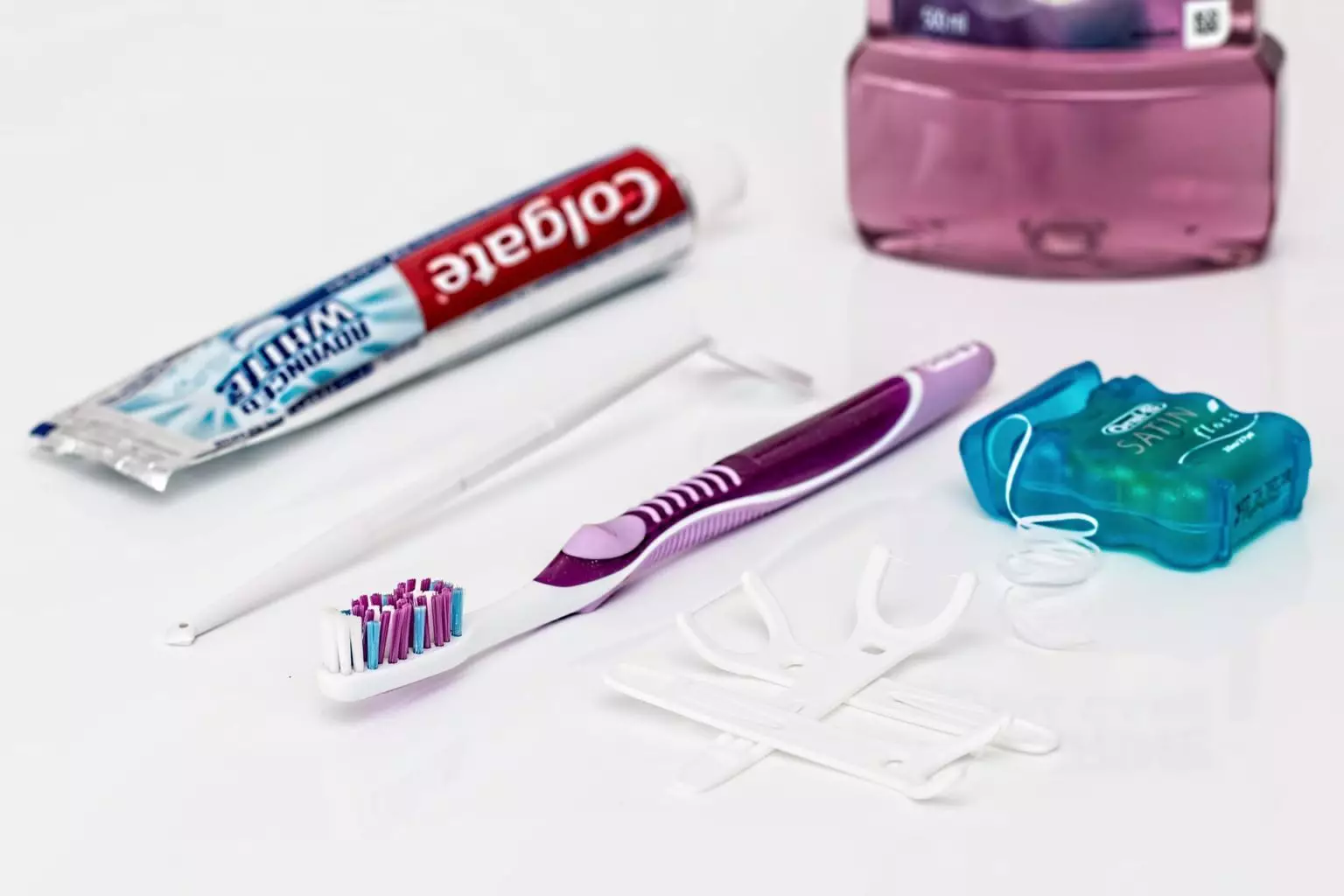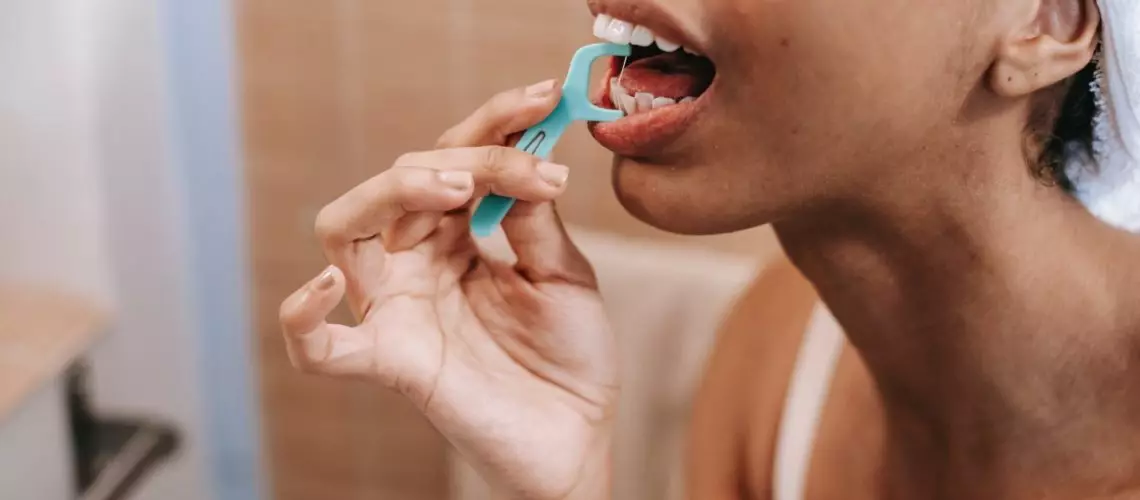You scrub those pearly whites with your toothbrush, then perform a check with your tongue to make sure that they are smooth as silk.
Yep. Squeaky clean.
Now you’re ready to rush off to bed to get those zzzzz’s, right?
Not so fast. You missed a step: flossing.
Flossing your teeth each day removes debris, food particles, and plaque that toothbrushing alone cannot reach. This will help you to keep your gums and teeth healthy long-term. The problem is that it can be difficult to know how to floss teeth properly.
Here’s a rundown on everything you need to know about flossing teeth.
Flossing Can Be Hard
Everyone generally knows you’re “supposed to” floss. But most people don’t floss—or if they do, they do it incorrectly, as the proper technique features multiple steps and therefore can be hard to master at first.
Fortunately, even though flossing can certainly be tricky starting out, it becomes easier the more you practice it. Once you learn how to properly hold your floss and clean your teeth with it, you can put yourself in the best position to maintain a healthy mouth.

How to Floss Your Teeth Correctly
Plan to floss once a day or more. When it’s time to floss, break off a piece of dental floss that is between 18 inches and 24 inches in length. Too short of a strand will be hard to grip. In addition, you will need to use fresh sections of floss whenever you decide to switch teeth. The longer your floss is, the easier this process will be for you.
Hand Positioning
The next step in mastering how to floss teeth correctly is to wrap the floss’s ends around the middle fingers. Begin with one hand, and then, wrap the floss around the middle finger of the other hand. You should wrap the floss several times until it is taut when you pull it.
Afterward, hold a floss section spanning one inch to three inches between the forefingers and thumbs. Use the forefinger and thumb on each of your hands to hold your floss. Then, create a one-inch to three-inch space between the hands. You will use this section of your floss to clean your teeth. As you floss your teeth, your fingers should move along your floss to set apart a fresh area for flossing.
How to Floss the Teeth
Once your fingers are in the right positions, you’re ready to floss. Begin with the top and center of your mouth, and then, floss your teeth on each side. Try to begin with either the right side or the left side first each time—in other words, develop a habit—so that you do not miss any areas of the mouth.
During the flossing process, you’ll need to slide your floss between the teeth as close to the gum as possible. Be gentle as you work your floss between the teeth using a rocking motion. Then, slide the floss slowly below the gums.
Another important step is to curve your floss so that it forms a “C” shape around each tooth. Then, work your floss down and up the tooth. This process is essential for getting each side of every tooth clean.
As a general rule of thumb, you should make between eight and 10 strokes on one side of a tooth with the floss before switching to the other side. This will ensure that all plaque or debris that is stuck between the teeth is removed.
While you’re learning how to floss teeth properly, don’t forget to floss the back parts of your molars in the rear of your mouth. Simply loop your floss around these molars and work it against them to remove all debris.
What Flossing Prevents
Learning how to floss teeth is critical for preventing tooth decay and gum disease. These problems are especially common on your back teeth as they are more difficult to reach with a toothbrush. So, it’s paramount that you floss your back teeth as completely as possible.
Note that you might experience a little bleeding in the gums as you get started with the flossing process. Don’t worry—this is completely normal. The bleeding should dissipate within a handful of days.
While this little bit of pain may seem inconvenient, remind yourself that flossing is well worth the trouble. If you don’t floss, you may end up developing gingivitis (a milder form of gum disease) and eventually periodontal disease (a more severe form of gum disease). In this scenario, tooth extraction, also known as tooth removal, might be unavoidable.
In addition, failing to floss may make you more prone to developing cavities. This will require the removal of your decay followed by dental fillings in the impacted teeth. If you experience pain or bleeding more than three to five days after starting a new flossing routine, contact your dentist for a checkup.
Getting into a Good Habit When Flossing
Try to floss each day before you hit the sack at night. Flossing at night will help to prevent plaque and food particles from sitting on your teeth all night long.
Also, if you ever get food particles caught between your teeth during the day, feel free to floss your teeth at those times as well.
You can also floss before you brush if you wish. This can be helpful in that you’ll be scrubbing away the plaque and food you dislodged with the floss. This translates to potentially cleaner teeth.
In addition to brushing and flossing, try to use water or a mouthwash to rinse out your mouth. This will furthermore help to remove stray particles remaining in the mouth. Plus, it will give the mouth a clean, fresh feeling.
Chlorhexidine mouthwash in particular is great at destroying virtually all traces of bacteria. It also creates a strong protective barrier for your flossed teeth and gums. Fluoridated mouthwash also provides extra cavity protection.

Protect Your Dental Health with Definitive Dental
Definitive Dental is proud to be a full-service dental practice serving the Dallas-Fort Worth metro area. In addition to showing you how to floss, we provide a full range of dental treatments including:
- Dental implants
- Crowns
- Dentures
- Clear braces
- Root canals
- Extractions
We stand out for using only the latest advances in technology. We have also developed a reputation for offering a clean office and a consistently caring, friendly staff. We genuinely listen to our patients as we seek to guide them to complete oral health for years to come.
Book your next dental appointment with us by calling us today at (972) 646-0660, or reach out via contact form to request an appointment.






